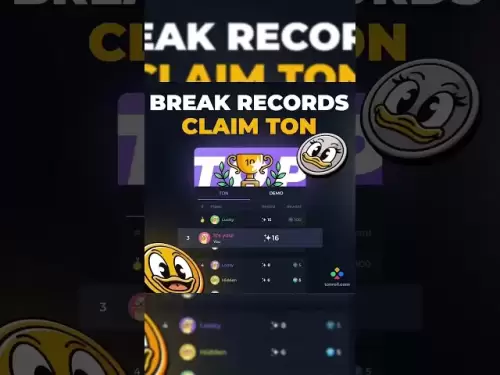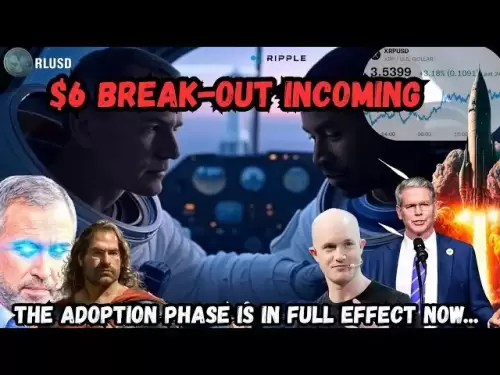-
 Bitcoin
Bitcoin $118100
0.44% -
 Ethereum
Ethereum $3765
5.84% -
 XRP
XRP $3.498
3.12% -
 Tether USDt
Tether USDt $1.000
0.00% -
 BNB
BNB $753.2
3.41% -
 Solana
Solana $181.7
3.58% -
 USDC
USDC $0.9999
0.01% -
 Dogecoin
Dogecoin $0.2704
12.75% -
 Cardano
Cardano $0.8684
5.85% -
 TRON
TRON $0.3151
-0.86% -
 Hyperliquid
Hyperliquid $46.06
4.51% -
 Stellar
Stellar $0.4695
2.48% -
 Sui
Sui $3.910
3.18% -
 Chainlink
Chainlink $19.36
6.65% -
 Hedera
Hedera $0.2750
3.99% -
 Bitcoin Cash
Bitcoin Cash $544.6
6.31% -
 Avalanche
Avalanche $25.12
3.69% -
 Shiba Inu
Shiba Inu $0.00001559
5.40% -
 Litecoin
Litecoin $116.8
5.10% -
 UNUS SED LEO
UNUS SED LEO $8.991
0.05% -
 Toncoin
Toncoin $3.283
2.79% -
 Polkadot
Polkadot $4.509
3.97% -
 Uniswap
Uniswap $10.67
6.58% -
 Ethena USDe
Ethena USDe $1.001
-0.01% -
 Monero
Monero $323.2
0.48% -
 Pepe
Pepe $0.00001410
6.37% -
 Bitget Token
Bitget Token $4.964
1.93% -
 Dai
Dai $0.9998
-0.01% -
 Aave
Aave $326.2
3.85% -
 Bittensor
Bittensor $421.8
2.46%
What are physical NFTs or phygital NFTs?
Phygital NFTs blend digital ownership with real-world items, offering verified authenticity and unique experiences across fashion, art, and collectibles.
Jul 20, 2025 at 01:43 pm
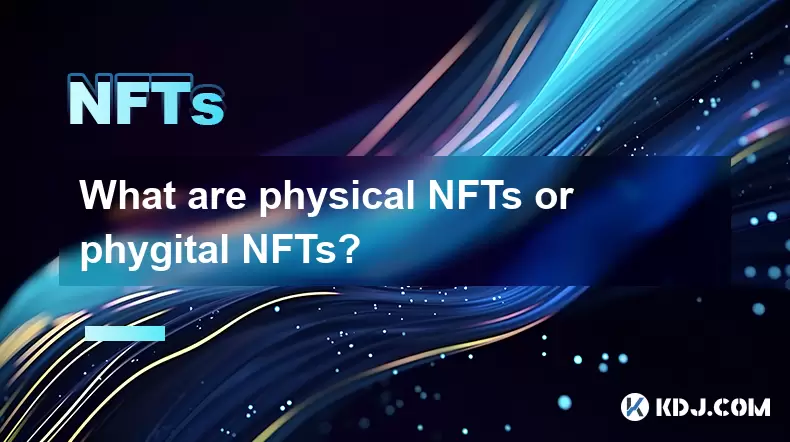
Understanding the Concept of Physical NFTs
Physical NFTs, also known as phygital NFTs, represent a hybrid form of digital ownership that is linked to a tangible, real-world object. Unlike traditional NFTs (Non-Fungible Tokens), which exist solely in digital form on a blockchain, physical NFTs are tied to a physical item such as artwork, clothing, collectibles, or even real estate. This combination creates a unique experience where both the digital and physical worlds intersect.
The key aspect of physical NFTs lies in their ability to authenticate ownership through blockchain technology while maintaining a connection to a material asset. This authentication ensures that the owner has exclusive rights to the associated physical item, verified via a smart contract stored on a decentralized ledger.
The Role of Blockchain in Phygital NFTs
Blockchain plays a crucial role in enabling phygital NFTs by providing a secure and immutable record of ownership. When a physical item is tokenized into an NFT, it's minted onto a blockchain like Ethereum, Binance Smart Chain, or Solana. The process involves creating a unique token ID and metadata that describes the item, its provenance, and any conditions of ownership.
Smart contracts embedded within the blockchain govern how these tokens interact with users. For instance, they can enforce rules regarding resale royalties, access rights, or even unlockable content when the NFT is transferred. These contracts ensure transparency and eliminate the need for intermediaries in verifying authenticity or transferring ownership.
How Are Phygital NFTs Created?
Creating a phygital NFT involves several steps, each requiring careful execution to ensure the link between the physical and digital assets remains intact:
- Designing the Physical Item: Artists or creators first design the tangible product that will be paired with the NFT.
- Photographing or Scanning: High-quality images or 3D scans of the item are prepared for digital representation.
- Minting Process: Using platforms like OpenSea, Mintable, or Rarible, the creator uploads the digital file and mints it as an NFT.
- Linking the Assets: A secure method is used to associate the physical item with the NFT. This could involve QR codes, NFC chips, or serial numbers embedded into the product.
- Distribution: Once sold, the buyer receives both the NFT and instructions on how to claim or verify the physical item.
Each step must maintain integrity to prevent fraud and ensure trust between buyers and sellers in the phygital NFT ecosystem.
Use Cases and Examples of Phygital NFTs
Phygital NFTs have found applications across multiple industries due to their dual nature. Some notable examples include:
- Fashion: Brands like Gucci and Nike have released limited edition sneakers or accessories that come with NFTs, allowing owners to showcase their purchases both online and offline.
- Art: Physical paintings or sculptures are now being sold alongside NFTs, offering collectors proof of ownership and additional digital features such as augmented reality experiences.
- Music: Musicians release vinyl records or CDs that are accompanied by NFTs containing exclusive tracks or behind-the-scenes content.
- Collectibles: Limited edition toys or trading cards can be tokenized, ensuring scarcity and traceability through the blockchain.
These use cases highlight the versatility of physical NFTs and how they cater to different consumer preferences by blending utility with digital innovation.
Challenges and Considerations in the Phygital Space
While phygital NFTs offer exciting possibilities, they also introduce unique challenges that must be addressed:
- Authentication Risks: Ensuring the physical item matches the NFT description is critical. Counterfeiting and misrepresentation remain concerns unless robust verification systems are in place.
- Storage and Delivery: Managing the logistics of shipping physical items requires coordination between creators, marketplaces, and delivery services.
- Interoperability: Not all blockchains support the same standards for NFTs, which may limit the transferability of phygital NFTs across platforms.
- Security: Storing private keys and managing digital wallets safely becomes more complex when combined with physical goods.
Creators and consumers alike must navigate these issues carefully to fully benefit from the potential of physical NFTs.
Frequently Asked Questions
Q: Can I sell the physical item separately from the NFT?
In most cases, the physical item and NFT are intended to be sold together. However, some creators may allow separate sales depending on licensing agreements outlined in the smart contract.
Q: What happens if I lose the physical item but still own the NFT?
Ownership of the NFT remains recorded on the blockchain, but the physical component would no longer be accessible unless covered under warranty or insurance terms specified during purchase.
Q: How do I verify the authenticity of a phygital NFT’s physical counterpart?
Verification typically occurs through embedded identifiers like QR codes or NFC tags linked to the NFT on the blockchain. Buyers should always check the authenticity through the provided tools before finalizing a transaction.
Q: Are phygital NFTs compatible with all blockchain networks?
No, compatibility depends on the platform used for minting and the blockchain standard it supports, such as ERC-721 or ERC-1155 on Ethereum. Always confirm network support before purchasing or creating a phygital NFT.
Disclaimer:info@kdj.com
The information provided is not trading advice. kdj.com does not assume any responsibility for any investments made based on the information provided in this article. Cryptocurrencies are highly volatile and it is highly recommended that you invest with caution after thorough research!
If you believe that the content used on this website infringes your copyright, please contact us immediately (info@kdj.com) and we will delete it promptly.
- Tezos, Conflux, and the Altcoin Rebound: What's Driving the Surge?
- 2025-07-21 14:50:12
- Giants Protocol Token Launch: Revolutionizing Asset Ownership with Blockchain Innovation
- 2025-07-21 15:30:12
- DeFi Evolution: Data Oracles and NFT Integration Leading the Charge
- 2025-07-21 14:30:12
- Super Apps, Stablecoins, and Future Payments: A NYC Perspective
- 2025-07-21 14:30:12
- Cardano (ADA) Price Surges Amid Bitcoin ATH Buzz: What's Next?
- 2025-07-21 12:30:11
- Bitcoin, UK, and Sale: Decoding the Crypto Buzz in Britain
- 2025-07-21 12:30:11
Related knowledge
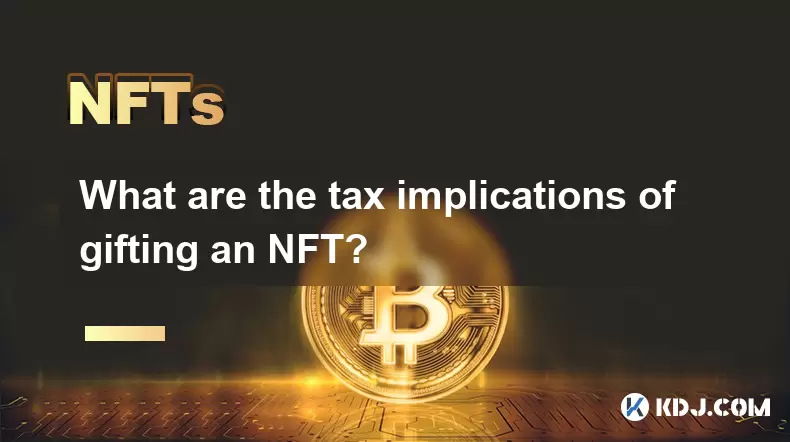
What are the tax implications of gifting an NFT?
Jul 19,2025 at 04:21am
Understanding the Basics of NFT GiftingGifting a Non-Fungible Token (NFT) involves transferring ownership from one individual to another without recei...
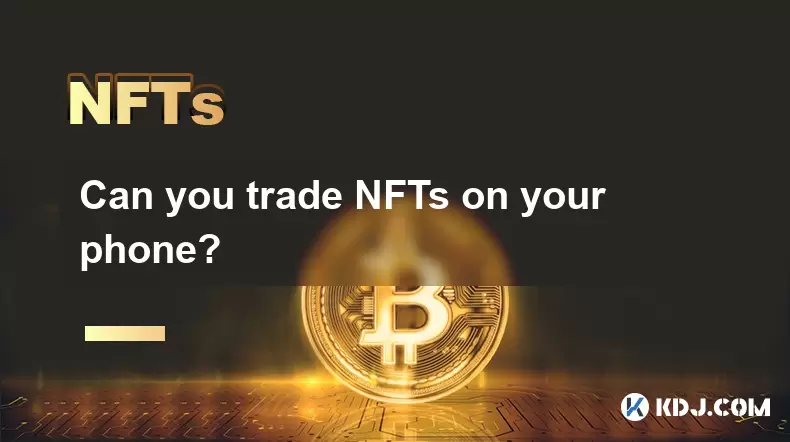
Can you trade NFTs on your phone?
Jul 18,2025 at 04:29am
Trading NFTs on Mobile DevicesYes, you can trade NFTs on your phone, and the process has become increasingly streamlined thanks to a variety of mobile...
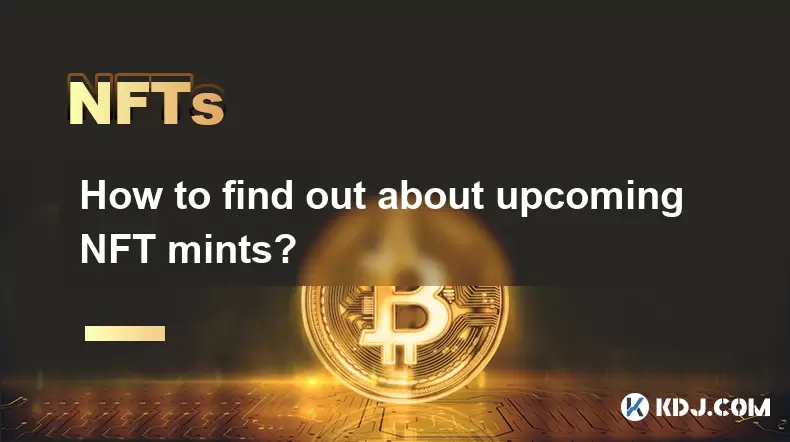
How to find out about upcoming NFT mints?
Jul 18,2025 at 11:50am
Exploring NFT Minting OpportunitiesUnderstanding the landscape of upcoming NFT mints is crucial for collectors, investors, and creators who wish to st...
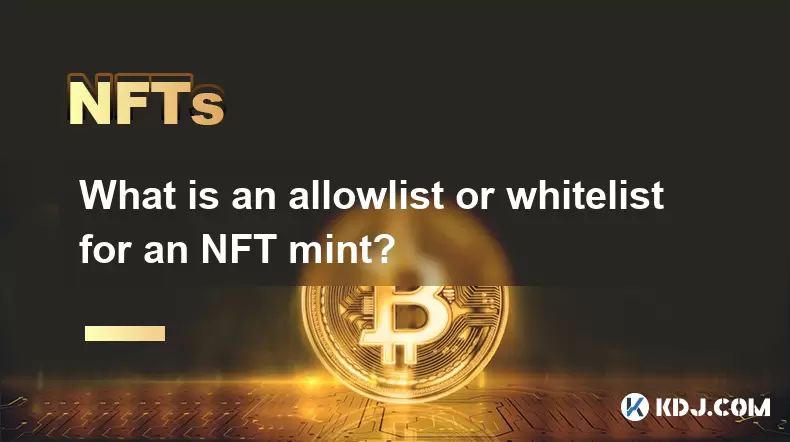
What is an allowlist or whitelist for an NFT mint?
Jul 20,2025 at 07:14pm
Understanding the Concept of an Allowlist for NFT MintingAn allowlist, also commonly referred to as a whitelist, is a mechanism used in the NFT mintin...
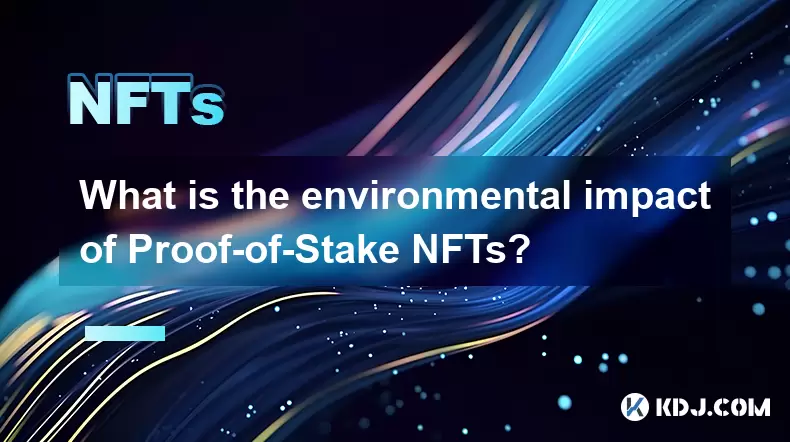
What is the environmental impact of Proof-of-Stake NFTs?
Jul 17,2025 at 07:14pm
Understanding the Basics of Proof-of-Stake NFTsProof-of-Stake (PoS) is a consensus mechanism used by blockchain networks to validate transactions and ...
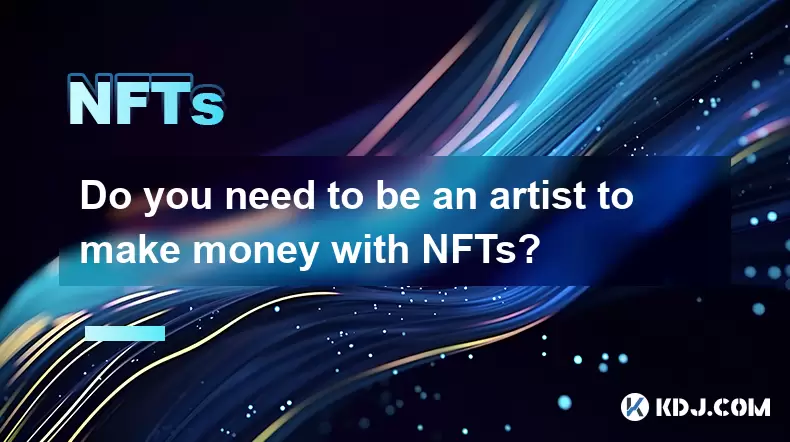
Do you need to be an artist to make money with NFTs?
Jul 19,2025 at 06:35am
Understanding the Role of Art in NFTsThe non-fungible token (NFT) market has grown rapidly, offering various opportunities for creators and investors....

What are the tax implications of gifting an NFT?
Jul 19,2025 at 04:21am
Understanding the Basics of NFT GiftingGifting a Non-Fungible Token (NFT) involves transferring ownership from one individual to another without recei...

Can you trade NFTs on your phone?
Jul 18,2025 at 04:29am
Trading NFTs on Mobile DevicesYes, you can trade NFTs on your phone, and the process has become increasingly streamlined thanks to a variety of mobile...

How to find out about upcoming NFT mints?
Jul 18,2025 at 11:50am
Exploring NFT Minting OpportunitiesUnderstanding the landscape of upcoming NFT mints is crucial for collectors, investors, and creators who wish to st...

What is an allowlist or whitelist for an NFT mint?
Jul 20,2025 at 07:14pm
Understanding the Concept of an Allowlist for NFT MintingAn allowlist, also commonly referred to as a whitelist, is a mechanism used in the NFT mintin...

What is the environmental impact of Proof-of-Stake NFTs?
Jul 17,2025 at 07:14pm
Understanding the Basics of Proof-of-Stake NFTsProof-of-Stake (PoS) is a consensus mechanism used by blockchain networks to validate transactions and ...

Do you need to be an artist to make money with NFTs?
Jul 19,2025 at 06:35am
Understanding the Role of Art in NFTsThe non-fungible token (NFT) market has grown rapidly, offering various opportunities for creators and investors....
See all articles























